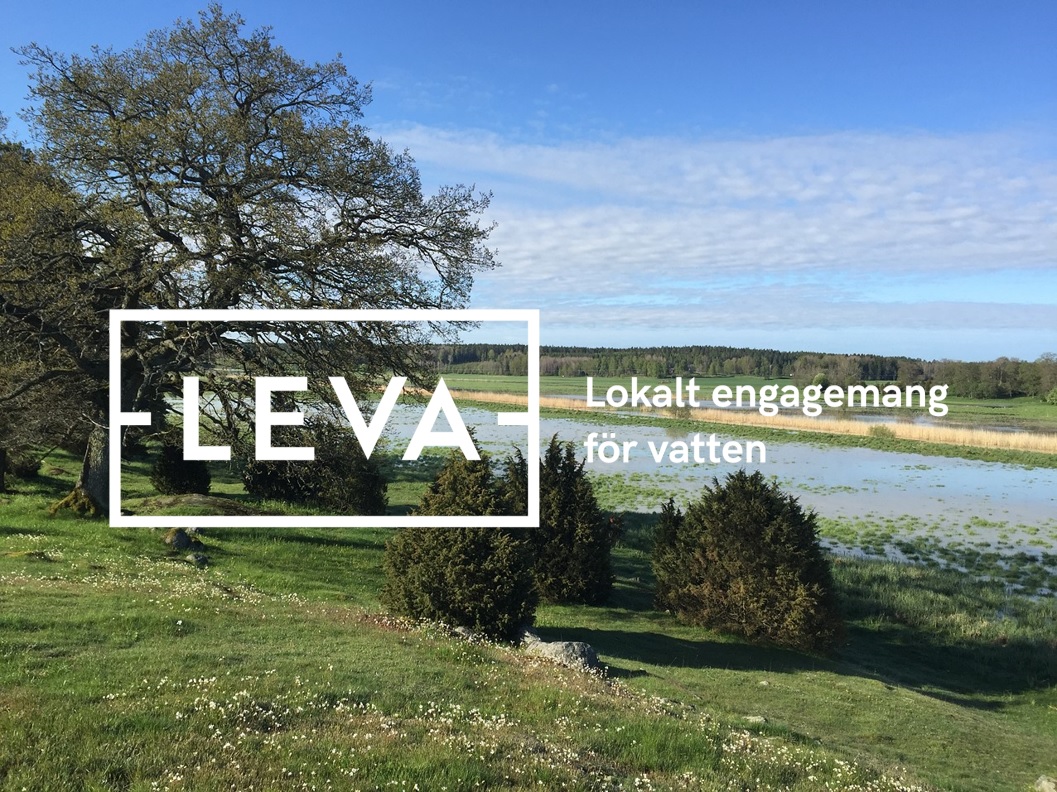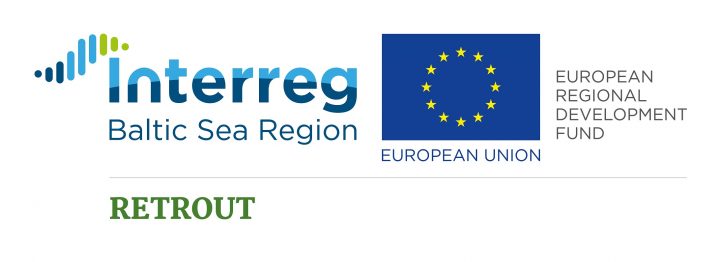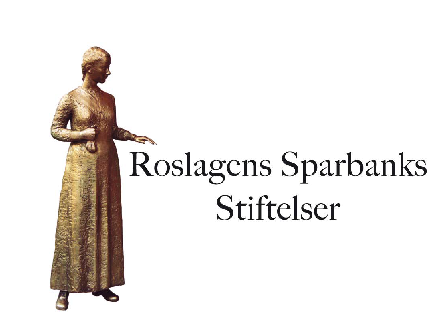09-04-20Utvecklingscentrum för Vatten blir åtgärdssamordnare för Åkerströmmen och Norrtälje kommuns avrinningsområden

Norrtälje Naturcentrum och Utvecklingscentrum för vatten ingår ett samarbete inom Havs- och Vattenmyndighetens satsning LEVA – Lokalt Engagemang för Vatten
Målet med projektet är att skapa förutsättningar för praktiska åtgärder mot minskat näringsläckage och minskad övergödning samt att komma vidare med åtgärdsarbetet och öka genomförandegraden i Åkerströmmen och Norrtäljes avrinningsområden. Projektets mål är också att genom dialog och samverkan med mark- och djurägare skapa förutsättningar för praktiska åtgärder inom berörda kommuner.
Läs mer om projektet här.
Fler Nyheter
29/03/21 - 13:36
RETROUT: Slutkonferens och annat
Retrout-projektet avslutas i mars 2021, och den slutliga konferensen för projektet organiserades den 17 februari 2021. Konferensen hölls digitalt på grund av den pågående pandemin i världen. Konferensen anordnades på engelska.
Under konferensens hade Retrout-filmen ”Blue Change” premiär som visar arbetet med, och resultatet av Retrout-projektet i Östersjöregionen. Filmen innehöll några exempel på restaureringsprojekt från olika länder som ingår i Retrout-projektet. Filmen visade den positiva effekten av vattendragsrestaurering för öring och hur restaurering och hållbar förvaltning av denna ekosystemtjänst kan leda till ”blå tillväxt”.
Detta följdes av flera presentationer från olika talare om intressanta teman. Keynote-tal om Östersjö-havsöringens status, restaurering av vattendag – förr och nu, och framtiden för turismen presenterades som bakgrund. Resultaten av projektet presenterades, inklusive studien om tidigare flodrestaureringsprojekt i Östersjöregionen som samordnades av UCV. Utöver detta presenterades resultaten från flera demonstrationsrestaureringsprojekt som organiserades i partnerländerna, inklusive Sverige. Ett av vattendragen i Sverige är Skeboån. Svårigheter och lösningar som olika projekt har stött på under de olika vattendragsåterställningarna presenterades. Utvecklingen av Östersjön som ett hållbart fisketurismmål och det ekonomiska värdet av fisketurism för den lokala ekonomin presenterades och vi introducerades för det dagliga arbetet med fiskeguider i alla fem partnerländer.
Resultaten av studien om tidigare restaureringsprojekt för vattendrag i Östersjöregionen som samordnades av UCV kommer snart att publiceras som en RETROUT-rapport. Slutsatserna från denna studie och de samlade erfarenheterna från de olika demonstrationsåterställningsprojekten inom Retrout-projektet har sammanfattats i en uppsättning av bästa metoder och riktlinjer för vattendragsåterställning som snart kommer att publiceras som en HELCOM-rapport. Dessa riktlinjer kommer att fungera som en grund för framtida restaureringsprojekt och förbättra effekten och underlätta processen för framtida restaureringar.
Inspelningen av konferensen och filmen ”Blue Change” är tillgänglig från länkarna nedan:


01/11/18 - 08:52
Hur hanterar vi vattenresurser?
Inspiration Vatten: Världstoalettdagen 2018
Den 19 november 2018 – Världstoalettdagen, hålls en konferens i ämnet vattenresurser från källa till recipient. Personal från UCV, SGU, RISE, Topas Vatten & Länsstyrelsen Stockholm håller i föreläsningar och workshops under dagen där återanvändning av renat avloppsvatten inom jordbruk, skydd av vattenresurser samt utmaningar inom ledningsnätet kommer att diskuteras.
Mer info och anmälan:
Förmiddag, 09.00-16.00, Riktat mot kommun, politiker och yrkesverksamma
Eftermiddag, 17.00-19.00, för allmänheten
26/06/18 - 11:40
Deltagare i projektet Batseco Boat testar pumpstationer
I förra veckan åkte vi ut till Arholma och Gräddö för att testa pumpstationerna där.
Det var både vi från Utvecklingscentrum för vatten som var iväg men även Ecoloop och Norrtälje kommun som även dem är projektdeltagare.
Vi fick dessutom tillfälle att intervjua båtägare hur de tycker att det fungerar med pumpstationerna och fick mycket värdefull information.
Projektet finansieras av EU’s Central Baltic program och syftar till att förbättra kapacitet och tillgänglighet vad gäller latrintömning i småbåtshamnar runt centrala Östersjön. Fokus är att hitta och investera i lösningar för pumpstationer och för digital teknik för att lokalisera och kontrollera tömningsstationer.
Nästa ställe som vi kommer att besöka är Svinninge och Vaxholm.
15/10/20 - 13:54
Delta i vår enkät "Vattenkvalitet i enskilda brunnar"
Projektet "Utvärdering av reningsteknik för att säkerställa dricksvattenkvalitet av enskilt dricksvatten" samlar in erfarenheter från brunnsägare
Som underlag till projektet ”Utvärdering av reningsteknik för att säkerställa dricksvattenkvalitet av enskilt dricksvatten” finns en enkät där du som brunnsägare kan bidra med viktiga erfarenheter och bidra till att säkerställa en tryggad tillgång på dricksvatten av en god kvalitet. Läs mer om projektet och delta i enkäten på här.




